Harman's pursuit of audio perfection mixes science, data, and human preference
We go behind the scenes and interview the experts
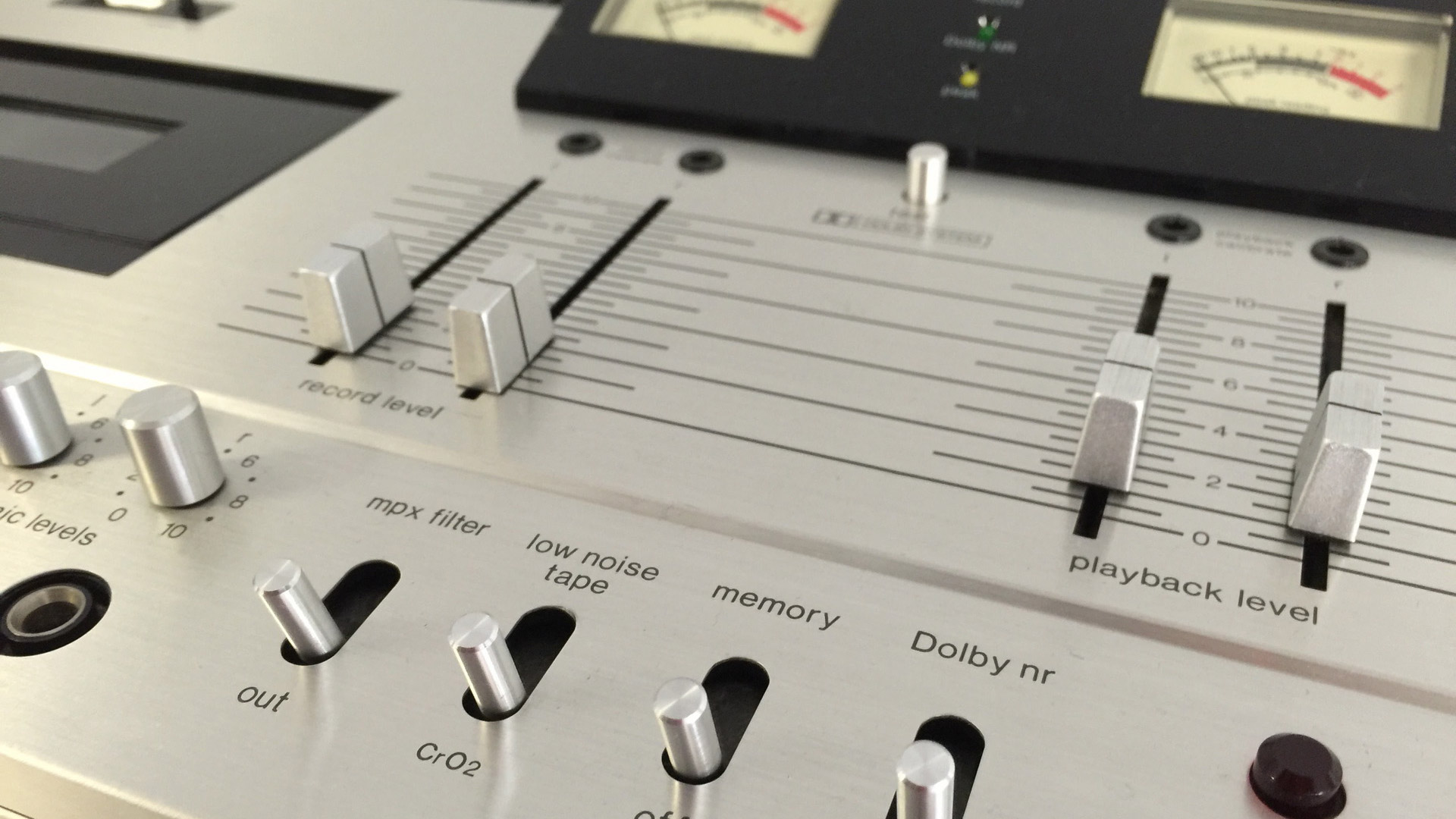
Scan any production studio, and you're likely to find three important letters: JBL. Peek up at any concert hall in the world, and you're likely to find one of Harman's brands. And, if you find yourself seated in a new Lincoln motorcar, you may be treated to a Revel sound system.
Harman's name looms large in the world of audio, and we were treated to a rare, behind-the-scenes look at the research that occurs when building the world's most sonically accurate (and neutral) speakers, headphones, and professional reference systems.

From AKG Acoustics to AMX to Crown Audio to Harman/Kardon to Infinity, Harman has built up quite the portfolio of noise makers. Their product line spans the entire gamut, from in-car to home theater to recording studios. To keep pace with the flurry of advancements - not to mention the way music is captured, mastered, and distributed - the company employs some 12,000 folks in R&D alone. A healthy chunk of that braintrust works out of its Northridge, Calif. headquarters, which is where we spent time seeing (and more importantly, hearing) some of the magic that you end up touching at home, on the road, and at that Coldplay show you're seeing next week.
The science of sound
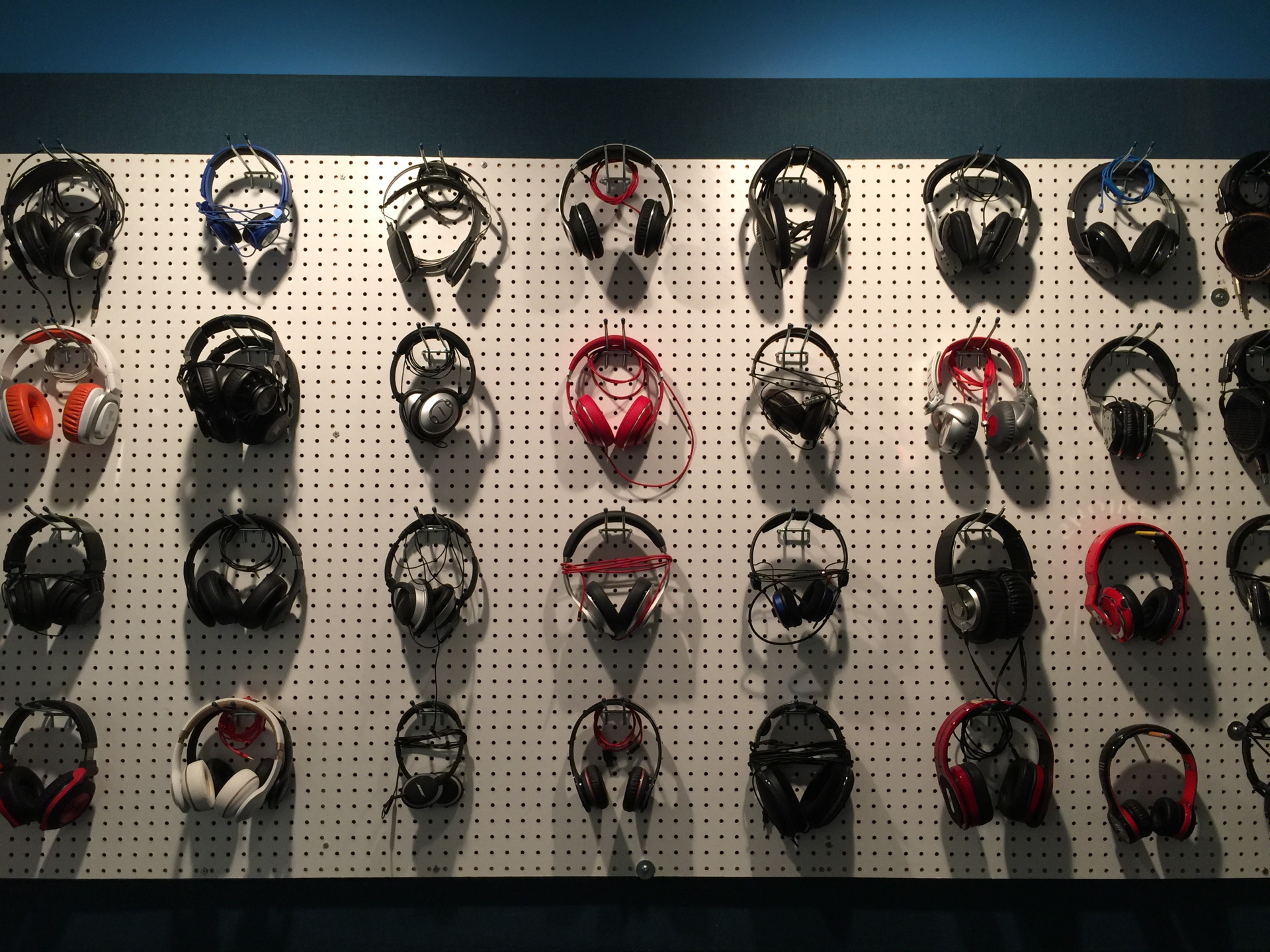
Sean Olive, Acoustic Research Fellow at Harman, was our lead throughout the tour. This guy knows more about the science behind sound than most of us would ever care to understand, but he's a vital part of the culture. Prior to his arrival in 1993, for example, the company refused to devote time and resources to advanced user testing. Sales and marketing folks simply gave a thumbs-up to whatever they felt sounded best, and then fate took over.
Turns out, however, that the untrained ear isn't ideal for directing a multi-billion dollar operation. In fact, testing that has occurred since found that trained listeners - folks who understand timbre, distortion, and roll-off - are nearly four times more likely to select a more sonically neutral speaker in a blind test than your average Joe/Jane in marketing.
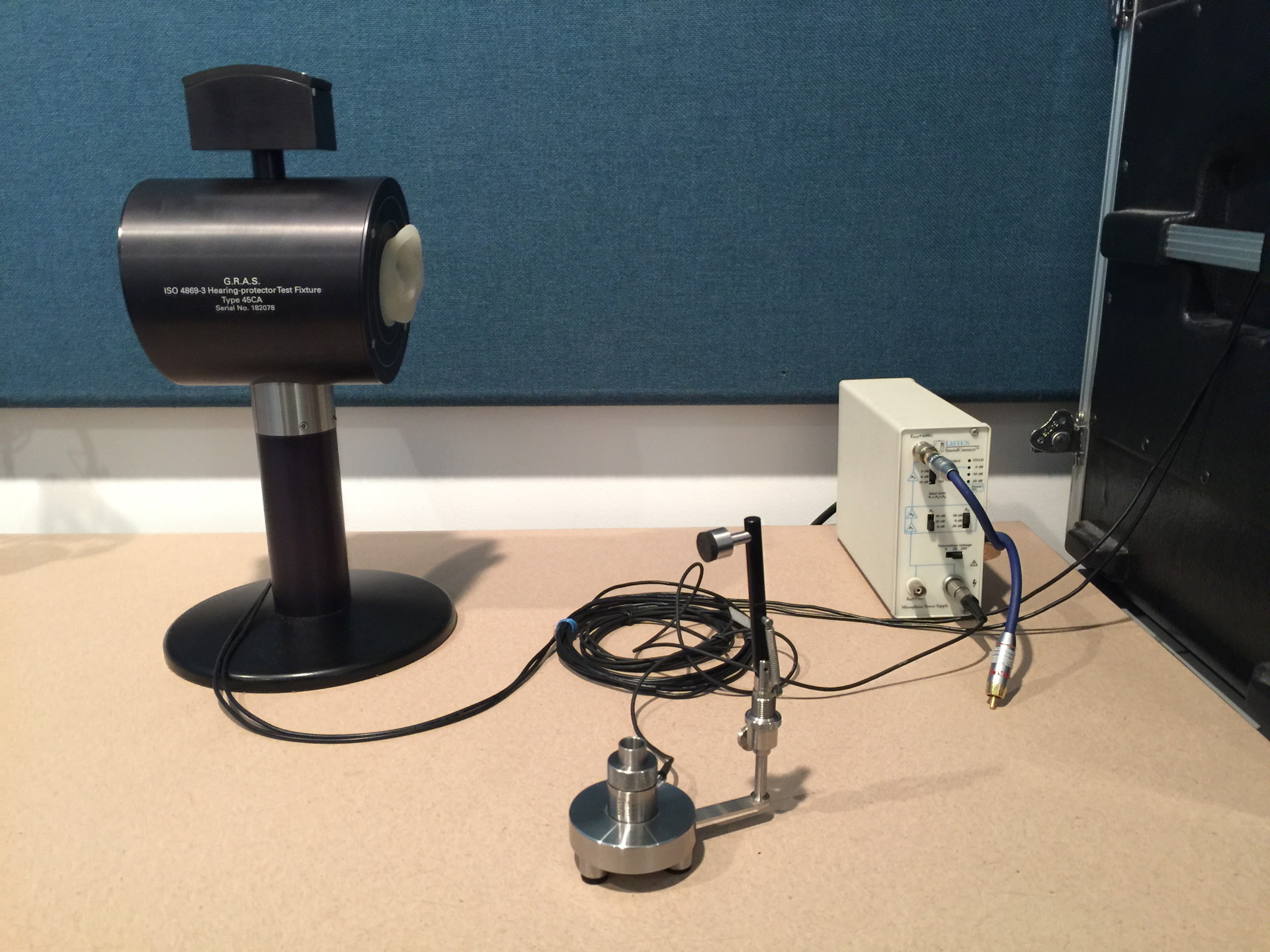
Olive made no bones about the fact that human testing is both costly and time consuming. It's expensive to find trained ears to listen to multiple products. It takes a long time to A/B test a product until it's just right. Harman sees its mixture of data and human inclination as one of its key competitive advantages.
Olive's own work has led to a patent for predicting which loudspeaker is preferable, with machines alone able to do so 86 percent of the time. We asked why Harman would invest the money to even poll humans with a solution that accurate, and Olive's reply was simple: "We need to cover that other 14 percent."
Sign up for breaking news, reviews, opinion, top tech deals, and more.
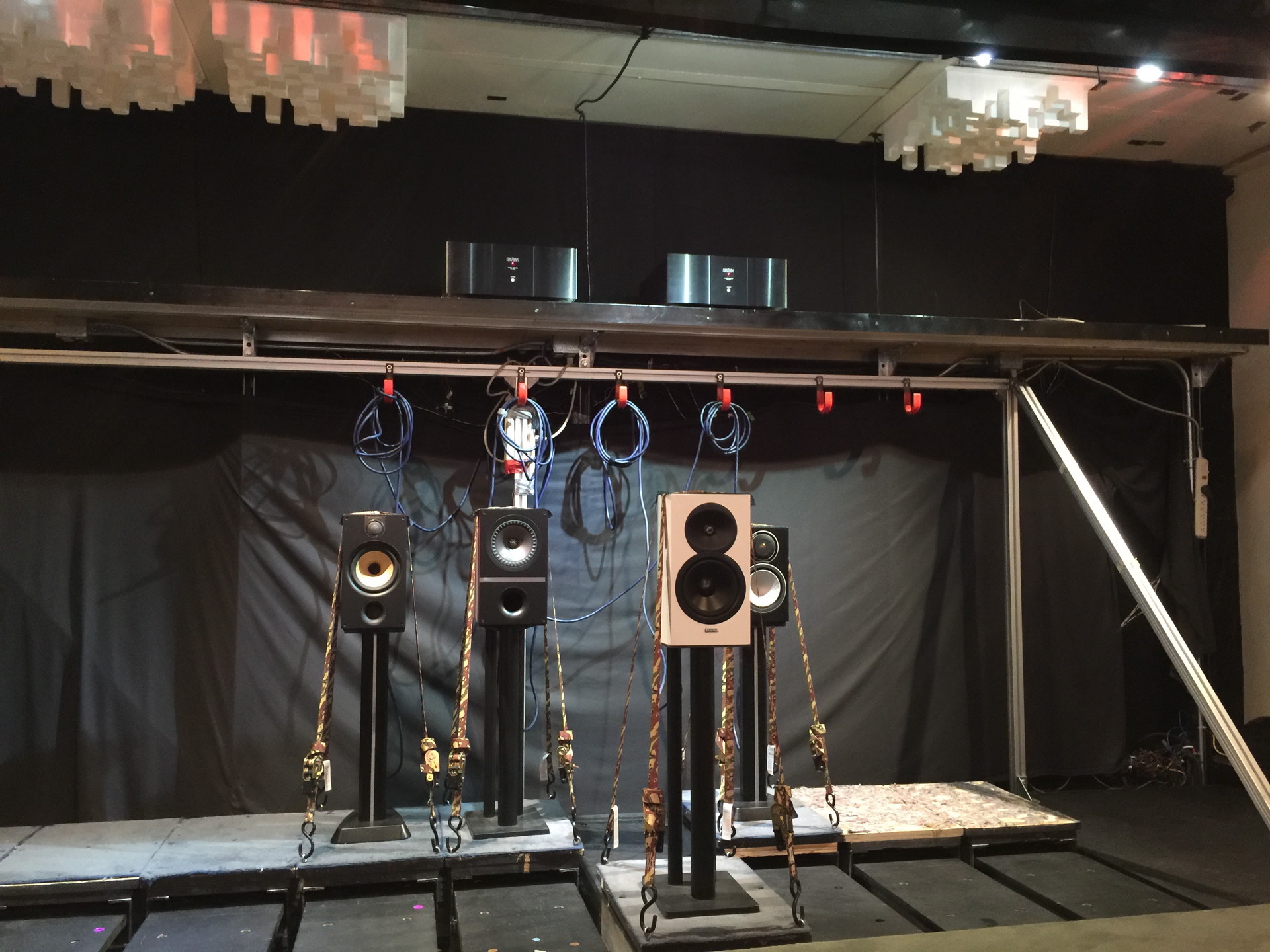
The takeaway? Even in a world dominated by advanced robotics, and even in a company that can predict sonic accuracy nearly 9 times out of 10, its obsession with perfection precludes it from removing the human element.
We aren't so different, after all...
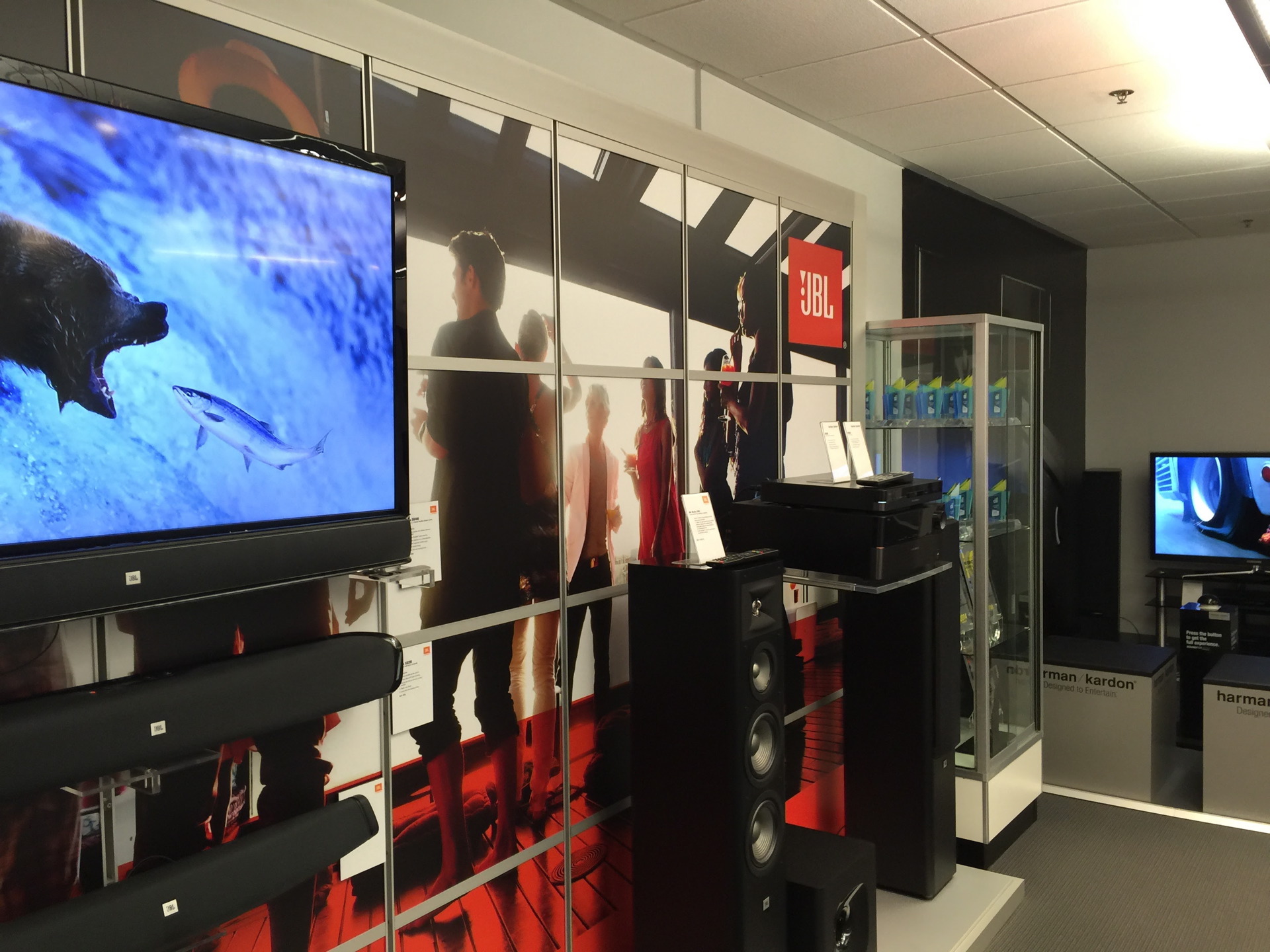
Olive pointed to a 2010 study from Stanford that essentially concluded that up-and-comers actually enjoyed low-bitrate MP3s more than CDs. "That study," he said, "generated a lot of questions on whether or not musical preferences were changing in a big way." Curiously, said study was never made public, so it limited Olive on how deep he could dig, but it inspired him to launch a study of his own across America, Canada, and Asia with both trained and untrained listeners.
One of the goals was to see if millennials genuinely preferred crappier audio. In his testing, he found that most people gravitated to quality when exposed to more than just a compressed MP3. In fact, he noted that one of the biggest surprises in his work thus far is that "most people generally agree on good sound - on what sounds natural and right." He likens the phenomenon to tasting good wine. Generally, across a broad enough sample size, people will gravitate towards quality wine and rate lower-quality wine as less than ideal.
